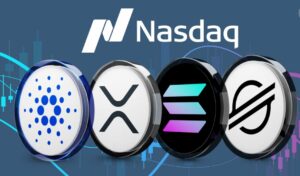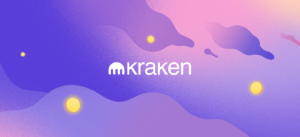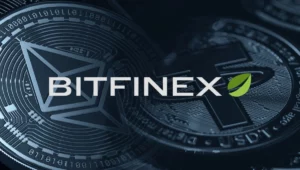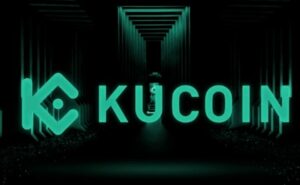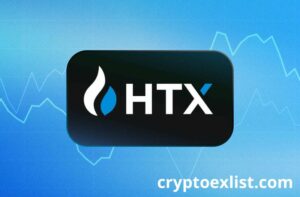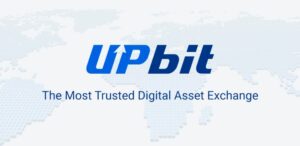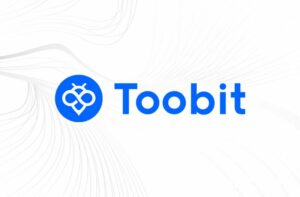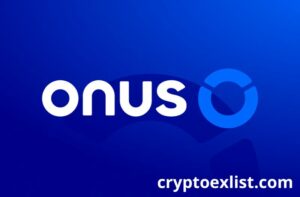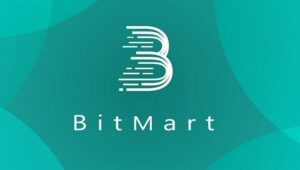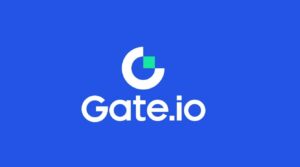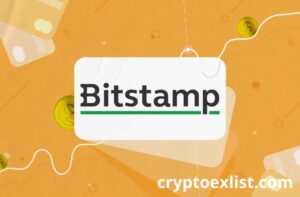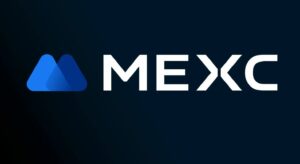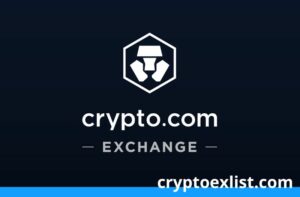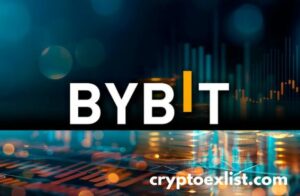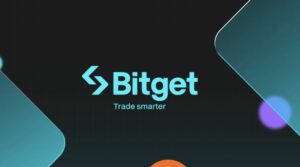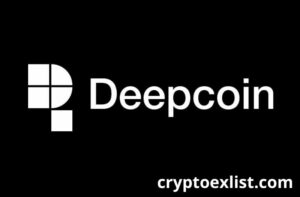
The spotlight is back on Bittensor (TAO), a decentralized AI network that has quietly been gaining momentum throughout 2024. In just the last month, TAO’s token price has jumped around 60%, sparking renewed interest from investors, developers, and major funds. Several key developments have helped boost this attention, from new technological upgrades to a growing narrative around decentralized AI that challenges centralized control by companies like OpenAI.
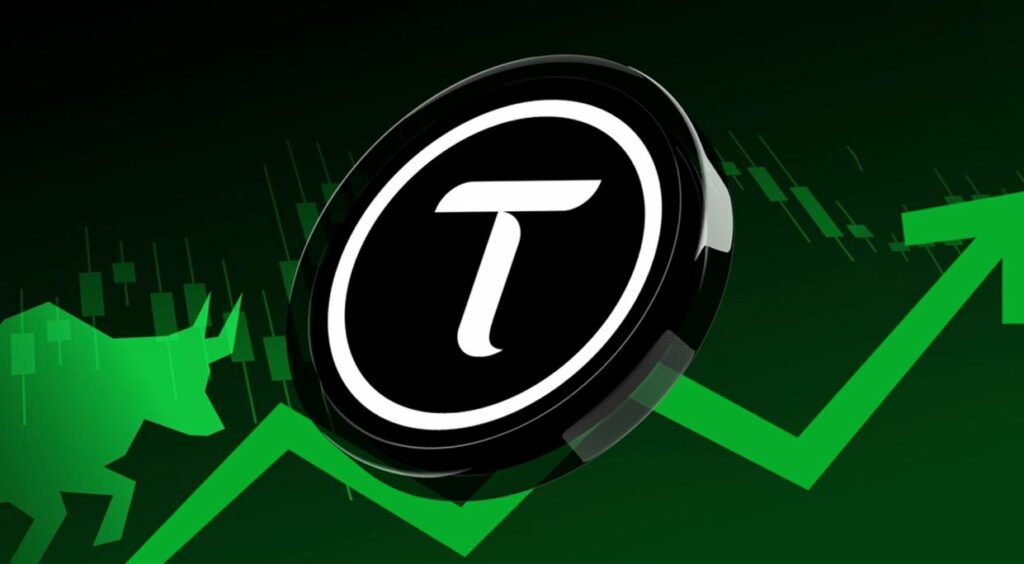
A Quiet Giant Awakens
While Bittensor has been around since 2021, it stayed mostly under the radar until recently. That changed in February 2024, when the platform launched its Dynamic TAO (dTao) upgrade. This feature introduced “alpha” tokens for subnets, smaller applications or networks built on top of Bittensor, while still maintaining the TAO token as the network’s central unit. According to Mitch Boom, co-founder of the subnet launchpad Taofu, this upgrade was transformative. It shifted market dynamics and made Bittensor’s network architecture far more powerful without changing its fundamental tokenomics.
Not long after that, TAO gained even more visibility when it was listed on Coinbase, one of the most widely used crypto exchanges in the U.S. This move in February 2024 increased both its liquidity and exposure to a broader investor base.
In late 2024, Bittensor introduced EVM (Ethereum Virtual Machine) compatibility, making it easier for developers to build decentralized applications (dApps) on the Bittensor network. These upgrades have made the platform more attractive to builders, and the crypto market is taking notice.
Investor Interest Is Heating Up
The renewed excitement is not just technical — it’s financial too. In April 2025, a new Bittensor-focused liquid fund launched quietly, aimed at increasing exposure to TAO and supporting its subnets. Barry Silbert, founder of Digital Currency Group (DCG), even suggested on a recent episode of The Block’s podcast that TAO could become “the next Bitcoin.”
That’s a bold statement, but it isn’t without merit. Bittensor shares some structural similarities with Bitcoin, including a fixed supply of 21 million tokens and a halving mechanism. But industry experts caution against drawing overly simple comparisons. Joscha Kuplewatzky from Wintermute Ventures said that TAO behaves more like a Layer 1 ecosystem token than a store of value like Bitcoin.
Wintermute isn’t the only big name taking note. Polychain Capital, DCG, and dao5 were early backers of TAO, with their holdings valued at over $50 million, $100 million, and $200 million, respectively as of last year. DCG is currently the largest TAO holder, owning about 500,000 TAO, or 2.4% of the total supply, worth roughly $175 million today.
These funds also run validators on the network. Dao5 does so via its tao5 entity, while DCG operates through its Yuma subsidiary. This validator role further ties their success to Bittensor’s long-term performance.
Why TAO Stands Out in the AI Crypto Boom
In the last few months, AI-focused crypto projects like Nous Research, Sentient, and Sahara AI have raised nearly $200 million combined. But many of these projects target specific areas like inference or compute. Bittensor is different — it acts as a coordination layer for decentralized AI services across all categories.
Joseph Jacks, founder of OSS Capital and investor in both TAO and Nous Research, highlighted that Bittensor has never raised venture capital, yet has delivered more value than many of these heavily funded projects. One standout example is Chutes, a Bittensor subnet developed by Rayon Labs. Within just a few months, Chutes has processed nearly 2 trillion pieces of text. Jacks believes that if Chutes were valued like a startup such as Anthropic or Mistral, it could be worth $10–15 billion.
Jacks is also involved through Latent Holdings, which is building ecosystem tools like TAO.app (for network metrics) and TAO Hash, a subnet designed to decentralize Bitcoin hashrate.
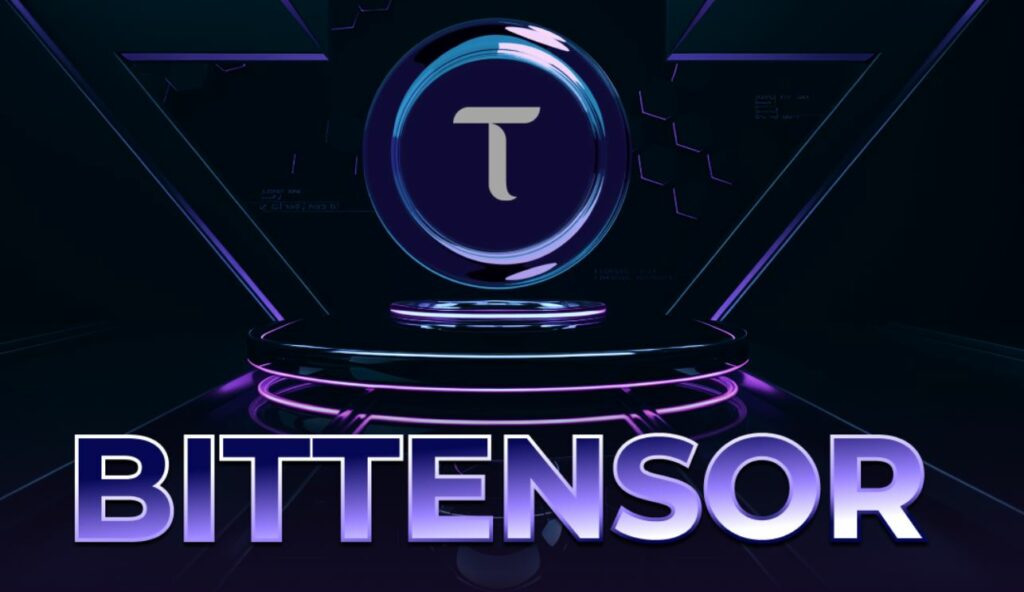
The Future Hangs on Subnets
Despite all the progress, Bittensor’s success isn’t guaranteed. A key challenge lies in the quality and sustainability of its subnets. Tekin Salimi, founder of dao5, warned that the biggest risk is that these subnets might fail to reach product-market fit. Without real adoption or profitability, the platform could struggle, especially if it has to rely on TAO inflation to support these smaller projects.
Robert Myers, CEO of Manifold Labs and one of the largest TAO holders, echoed this concern. Myers, who began mining TAO in January 2021 and stopped in mid-2024, emphasized that there needs to be real substance behind each subnet for the network to thrive in the long run.
The health of Bittensor’s miner community is also essential. According to Sami Kassab, managing partner at Unsupervised Capital, if miners are lured away by better incentives elsewhere, Bittensor’s performance could suffer. Kassab believes Bittensor’s real advantage lies with these elite operators. Lose them, and the network’s growth engine might stall.
Unsupervised Capital recently launched its own Bittensor-focused fund, backed by Crucible Labs (co-founded by Bittensor’s Ala Shaabana and David Lawee of CapitalG). The fund focuses on accumulating TAO by investing in early-stage subnets with potential for big returns.
The Developer Ecosystem Is Growing
There are signs that Bittensor’s ecosystem is maturing. Max Bronstein, an early TAO backer and former Coinbase Ventures investor, noted that developer quality has significantly improved over the past year. He expects this trend to continue as more funding and developer tools become available.
Taofu’s Boom also shared positive feedback from Endgame, Bittensor’s first major developer event held in Austin last month. He described the atmosphere as full of energy and confidence, signaling strong momentum in the builder community.
Bittensor is emerging as one of the most promising platforms at the intersection of AI and blockchain. With foundational infrastructure in place and strong backing from crypto’s biggest players, the focus now shifts to execution. The success of TAO depends on whether its subnets can build useful, decentralized AI applications, and whether those apps can find real users.
As the rest of the world races to centralize AI, Bittensor offers a bold alternative: a network where intelligence is open, incentivized, and uncensored.



